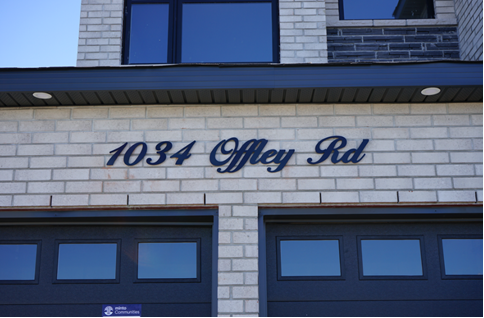Mold remediation is useful to commercial and residential property owners when mold infestation becomes a problem. More so, mold remediation services become a point of interest to homeowners at the point of reselling or leasing property. It would interest you to know that molds are of different types, and so, require different mold remediation strategies.
The basics of mold
Many homes are familiar with mold infestation. Although places with higher moisture content tend to battle with mold more than others, the consensus is that every home tends to deal with molds at least once. Common mold forms are seen in ceramic tiles. A simple do-it-yourself mold remediation service is to spray the mold with bleach and scrub.
A critical form of mold is commonly found in bathrooms. Despite the majority of molds whose mycotoxins are non-toxic, you want to be rid of mold because of their long-term effects on the skin and respiratory system. Moreover, mold infestation reduces the aesthetic quality of your home while functionally, it reduces insulation effect.

Areas of the home that are prone to mold infestation
Where there is moisture in the home, you are likely to find molds. Mold remediation services often begin in the basement, the kitchen, or bathroom. Depending on the degree of the infestation, the amount of moisture in affected places can be determined. Therefore, you want to avoid excessive humidity in your home. As a preventive measure, you have to arm your ventilation system too. If you are moving into a new house, you should know that the tight insulation may increase the chances of mold infestation. Before you spend your budget for home improvement on mold remediation services, you should check out these areas in your new house for signs of mold – chimney, wall interiors, attics, crawl spaces, under sinks, ducts, furnaces, and air vents.
The mold remediation process
As a homeowner, EPA suggests that you can administer DIY mold remediation services on affected areas of the home that spans 10 square feet or less. Anything above that range should be outsourced to professional mold remediation service teams. A rule of thumb dictates that it is better to hire specialized mold remediation contractors.
Chlorine bleach, used during mold remediation service, is not the approved biocide for molds. Mold Stat is quite the more befitting biocide that gets the job done. And where mold infestation occurs beside the HVAC system, professional mold remediation service must prevent effective dispersal.
Ventilation and contamination are two sides of a coin during mold remediation. Often the most critical steps, ventilation device such as air scrubber prevent the distribution of airborne mold spores into mold-free areas. Disinfection and cleaning phase involves the disposal of contaminated items and application of biocides to infected areas.

The mold remediation stage is not complete without fixing the source of mold. The contractor may undertake simple repairs such as damaged fan duct while more complex damages may be contracted to specialized professionals.
If there are molds that are difficult to remove, an encapsulation phase is required. Paint is an approved material that traps mold in the home.




